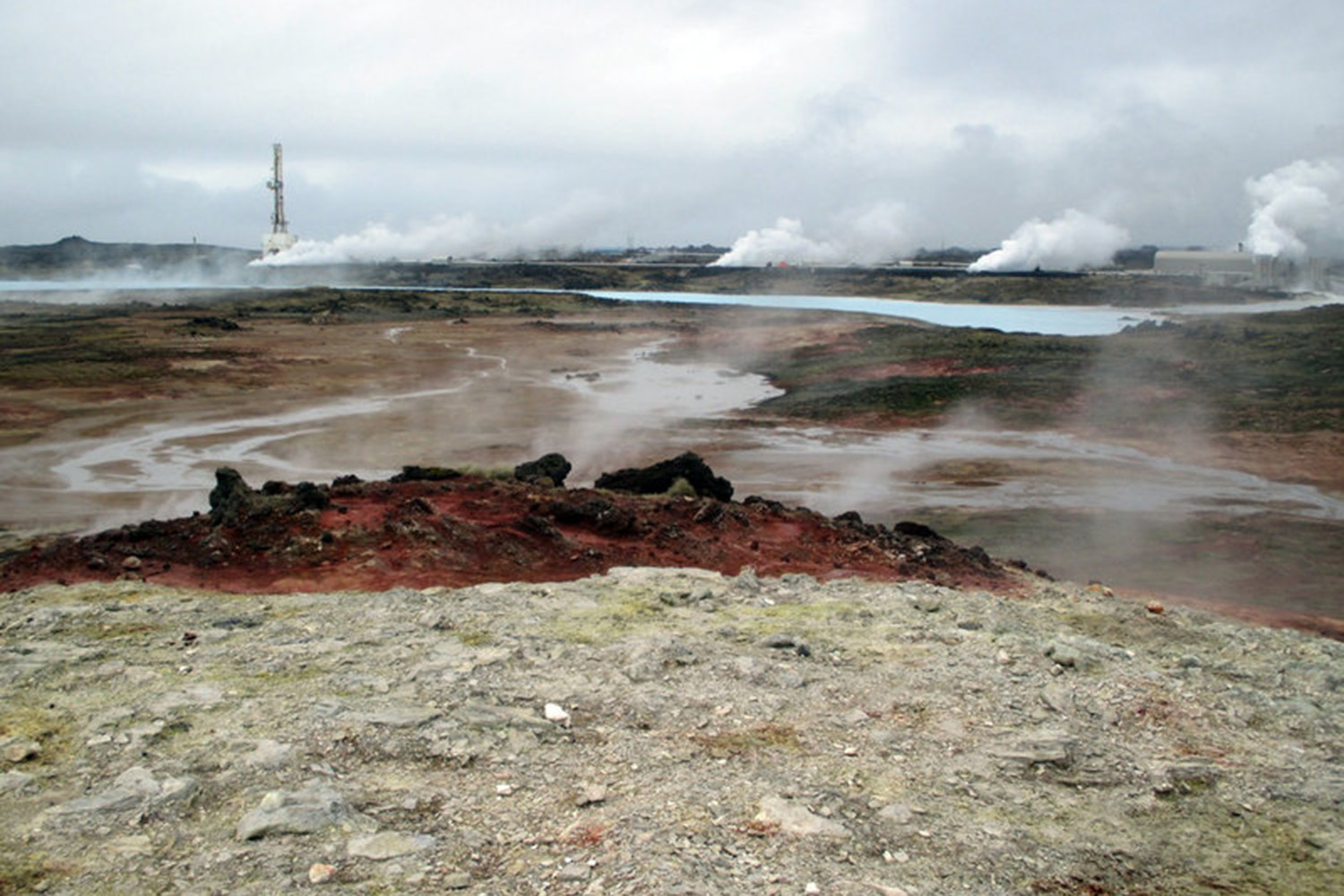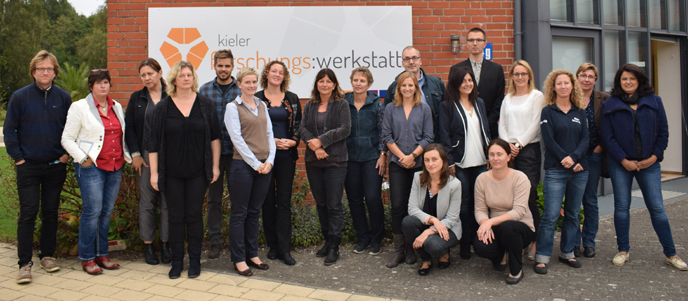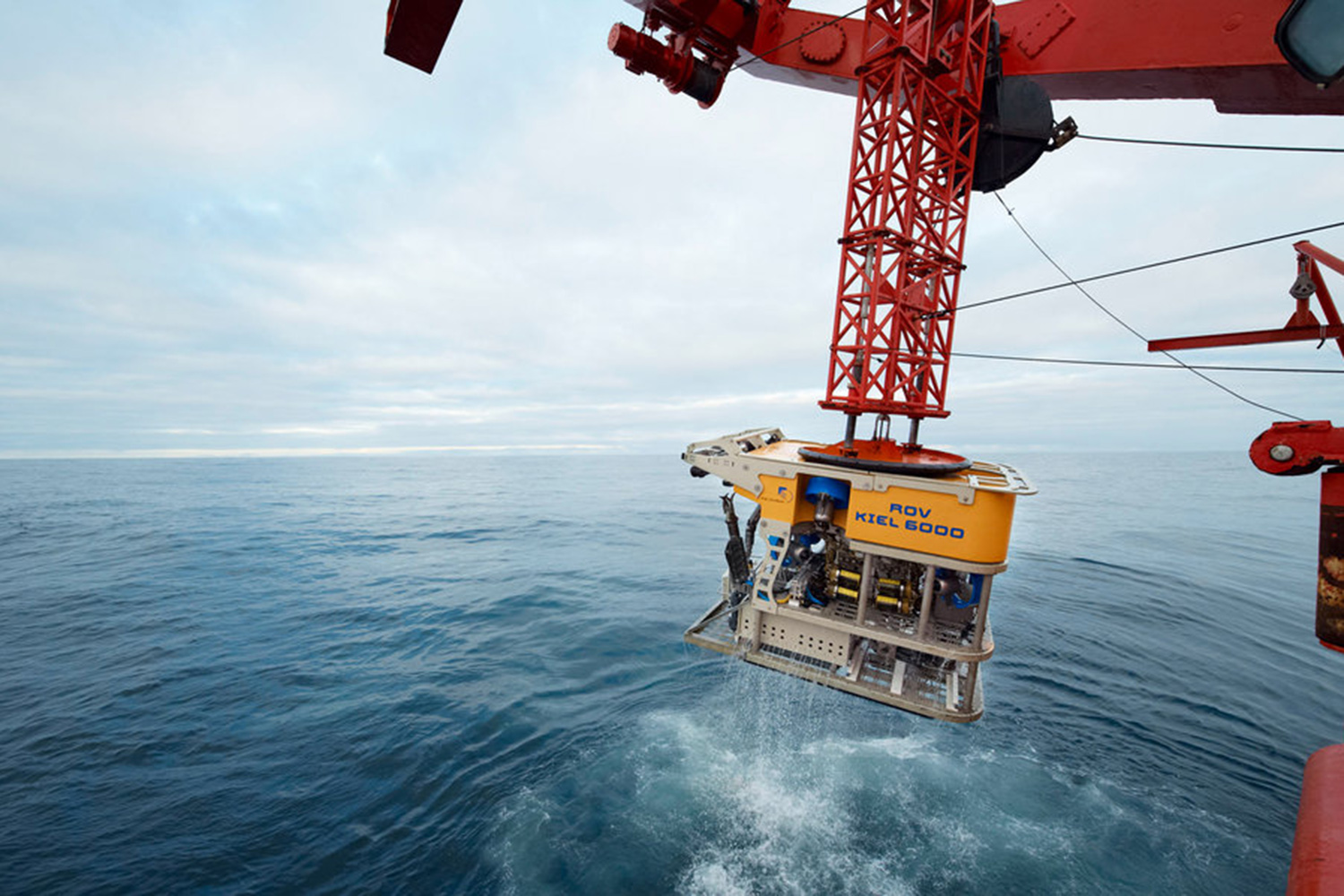For centuries, alchemists and chemists have imagined that trace amounts of gold in seawater could be extracted in vast quantities from the oceans. The dream of riches has been elusive because of the very low concentrations ‒ on average, a liter of seawater contains only a few billionths of a gram of gold. However, geologists have known for a long time that seawater, when heated to temperatures of more than 300°C, can leach the precious metal from oceanic rocks, reaching concentrations thousands of times higher than in background seawater. When this heated seawater is discharged onto the ocean floor at hot vents, also known as “black smoker”, it can precipitate minerals rich in metals – including gold.
In a paper recently published in the international journal Nature Geoscience, researchers from GEOMAR Helmholtz Centre for Ocean Research Kiel, the Icelandic Geosurvey and Kiel University have reported very high concentrations of gold measured in seawater from geothermal systems deep below the Reykjanes Peninsula of Iceland. The samples were found to have more than 500,000 times higher concentrations of gold than normal seawater ‒ and at least 100 times higher than in typical black smoker vents in the deep oceans, which are geologically comparable to the geothermal systems on Reykjanes. “The measured concentrations are sufficient to form significant gold deposits within the lifetime of the geothermal system”, says lead scientist Mark Hannington of GEOMAR’s Marine Mineral Resources Group.
The samples were collected in deep geothermal wells where heated seawater from the nearby Mid-Atlantic Ridge is harnessed for electrical power generation. The hot solutions were collected by lowering a custom-built titanium sampler into holes drilled more than two kilometers below sea level. When the sampling device was returned to surface, it was quenched from 315°C, and the deep liquids recovered for analysis in special mass-spectrometry (ICP-MS) labs of Kiel University.
The researchers estimate that the geothermal reservoir at Reykjanes contains at least 10,000 kilograms of gold. “Typical mid-ocean ridge hydrothermal systems cannot reproduce the very high concentrations of gold observed in our study”, says Hannington. “We conclude that gold must be accumulating in the geothermal reservoir over time, before the heated seawater is withdrawn, resulting in the very high concentrations found in the wells.” Dr Dieter Garbe-Schönberg, head of the ICP-MS Laboratory at Kiel University, adds: “This gold may occur in the form of finely dispersed gold nanoparticles in the fluids."
The study points to a previously unrecognized mechanism for the accumulation of gold in hydrothermal systems that could explain the formation of metal-rich ore deposits.
Reference:
Hannington, M., V. Harðardóttir, D. Garbe-Schönberg, and K. L. Brown (2016) Gold enrichment in active geothermal systems by accumulating colloidal suspensions. Nature Geosciences, http://dx.doi.org/10.1038/ngeo2661
Links:
www.uni-kiel.de Kiel University
www.ifg.uni-kiel.de/407.html The ICP-MS lab of Kiel University
Contact:
Jan Steffen (GEOMAR, Communication & Media),
Tel.: 0431 600-2811
presse@geomar.de
…



